Growing up in Kewanee, Illinois, my experience with Italians and Italian food was limited to two things. First was the curious MATRANI FAMILY, my grandmother’s friends who lived a few blocks away from us over on Burr Street. I liked them well enough – they were always friendly – but I must admit that as a seven-year-old, I thought they talked kinda funny. Out of suspicion and perhaps a little fear, I gave them a wide berth.
The second memory is of my Mom occasionally making EYE-TALIAN SPAGHETTI on winter Sunday afternoons when she was off work. I recall the hours she spent watching her sauce simmer on our two-burner stove. The moment of drama came when she added the olive oil, an ingredient so exotic that the local A&P grocery store didn’t even carry it. In Kewanee at that time, olive oil was only sold in pharmacies. So, after her Saturday afternoon shift at Knepps Dress Shop, she’d walk down to the BERG & DINES DRUG STORE and pick up what I guess was a 3-ounce bottle of the enchanting and slightly alien liquid.
Near the end of the cooking process, my mom would summon me to the kitchen. I’d watch her would take the tiny bottle, add only a few scant drops to the sauce…and then recoil, saying “OH NO, Phil! Do you think I added too much?”
I don’t remember what I said, but as a second grade student and blossoming vulgarian, I probably responded, “F**K NO, MA”…HIT IT AGAIN”. A Palmolive soap mouth cleansing followed.
That’s it: my Italian food experience growing up. We didn’t even get a PIZZA HUT in Kewanee ‘til 1972.
Just recently, one of our Parasole colleagues took a two-week vacation to Italy and spent a lot of time on the AMALFI COAST. She sent numerous pictures back to all of us during her visit. And Joanne and I couldn’t help but recall our trips there during the BUCA days.
Among my favorite regions is CAMPANIA, home to the towns of POSITANO, NAPLES and CASERTA – each known globally for a culinary masterpiece.
Let’s begin with POSITANO and the surrounding region.
LEMONS. Herculean in size, grown on the steep, steep terraced hillsides of Amalfi on the Mediterranean Sea.
A staple of the region for hundreds, perhaps thousands, of years, these gigantic lemons were – according to lore – cultivated to provide the vitamin C necessary to protect seafarers from scurvy.
Today Amalfi lemons are protected by the official and rigid rules of the COSTA d’ AMALFI I.G.P.
The pulp is pleasantly sour, but the thick peel, with its superior aromatic potency, is what’s prized in dishes like SPAGHETTI AL LIMONE and LEMON TIRAMISU, in which layers of flavor-bombed lemon sponge cake are cemented together with creamed mascarpone cheese.
And, of course, there’s LIMONCELLO, the digestivo made by steeping lemon zest and peels in vodka until the oils are released, then adding simple syrup.
Can you get drunk on limoncello? YOU BETCHA!
And now, BONUS TIME: a restaurant not to miss if you are in Positano…
LA SPONDA RISTORANTE at the HOTEL SIRENUSE. In this Michelin two-star dining room, iconic and beautiful seafood towers are paraded through the dining room like a trophy wife. Snag an outdoor table overlooking the Mediterranean at sunset. Engagement rings are passed out as you enter the restaurant.
Next is NAPLES – plucky Naples, gritty Naples, with the ever-present smoldering MT. VESUVIUS as a backdrop.
This is the home of the luscious, justly famous SAN MARZANO TOMATO, the product of Italy’s long, hot summers and the volcanic soil in which it’s grown.
Note: U.S. supermarkets abound with imposters. Last week I saw fresh “San Marzano” tomatoes labeled “Product of Mexico.” So be sure to look for the official “D.O.P.” designation of origin.
I’ve never seen fresh San Marzano tomatoes in American grocery stores. But do not despair! LUNDS-BYERLY’S carries the officially designed ALESSI canned product.
Is it any good? Well, when I was in MARCELLA HAZAN’S cooking school in Bologna, Italy, the master Italian cook used canned San Marzano’s in her marinara sauce because, she said, they were harvested and canned at their absolute peak of ripeness, and therefore more predictably flavorful than fresh.
BTW, just before serving, Marcella socked her marinara with a slug of insanely good BUTTER. That made for some TASTY-ASS sauce.
Another bonus if you’re Naples: MIMI ALLA FERROVIA restaurant near the train station.
“Ferrovia” . in Italian, means train station. A word of caution, though: Hire a taxi or car and driver to take you to and from the restaurant and you’ll be just fine. REALLY…YOU WILL.
Known for traditional Neapolitan cooking, MIMI boasts “just off the boat” seafood that’s prepared not to impress, but only to bring you pleasure. The best part? It does both. Mimi is Michelin starred, and Mimi is IN THE HOUSE.
Finally, we arrive at CASERTA, a tiny town a few kilometers north of Naples just off the A-1.
This is epicenter of BUFFALO MOZZARELLA or as they spell it, “bufala mozzarella.”
Yes, it’s mozzarella made with WATER BUFFALO milk (as opposed to “Fiori di latte,” or cow’s milk).
Now, water buffalo are said to have been brought to Italy from East India several hundred years ago – possibly the 10th century – because cows could not tolerate the region’s heat. By contrast, water buffalo thrived in Italy’s south. Better yet, they happened to produce milk that was creamier, richer and fattier than cow’s milk. And as we all know, FAT IS FLAVOR. It’s also double the calories. Who cares?
Many of the “Caseifici (dairies) are still family owned and operated, as was the one we always visited: CASEIFICIO IL CASOLARE, where we were warmly and genuinely greeted.
In addition to the most famous antipasto, INSALATA CAPRESE (tomato and mozzarella), there are a host of other bufala mozzarella preparations worth trying – all with basil, all with olive oil and salt. My favorites include mozzarella with fresh figs and mozzarella with summer peaches. They’re the culinary embodiment of a sunny beach day.
But here’s the rub: Bufala mozz has an exceedingly short shelf life. Only a very few stores, primarily on the East Coast, carry the fresh product. The cheese is made in Italy on day one. It’s shipped by air on day two. And it better be sold by day three.
By day four, IT’S NO LONGER GOUDA.
Sorry.
BUT…W.T.F. PHIL
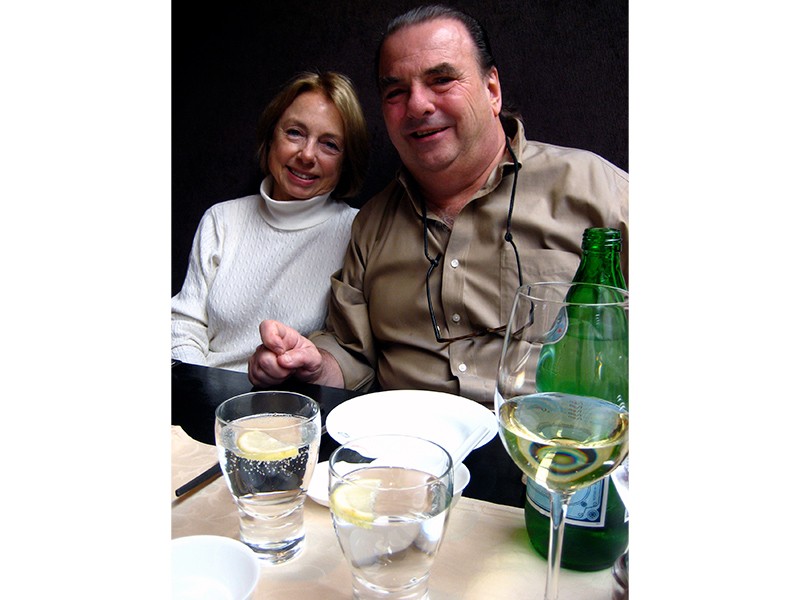
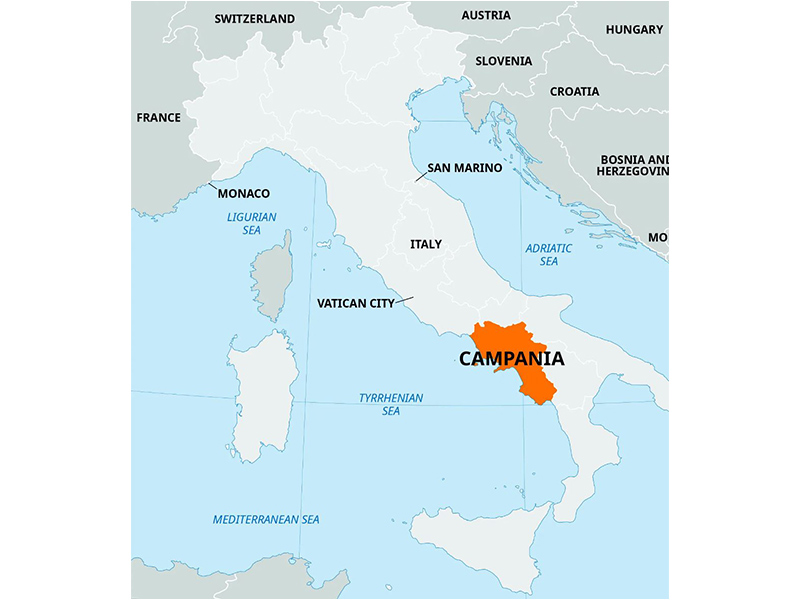
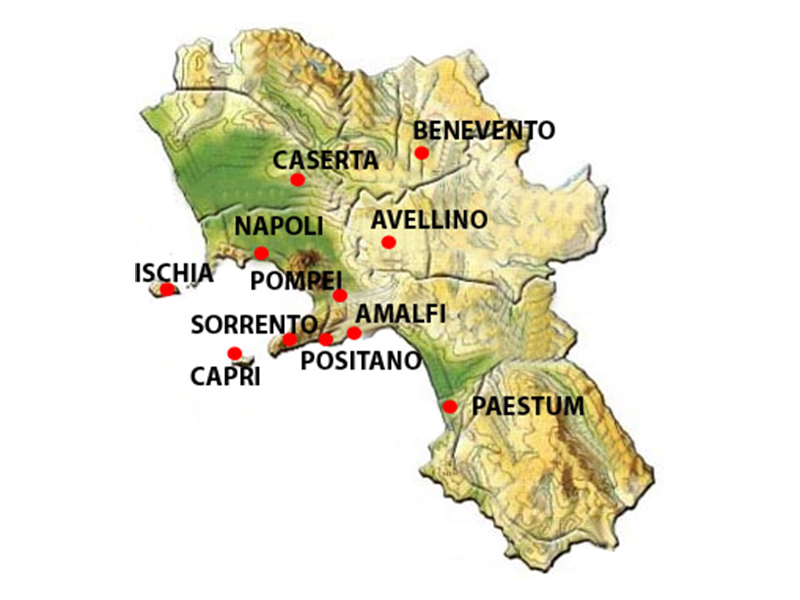

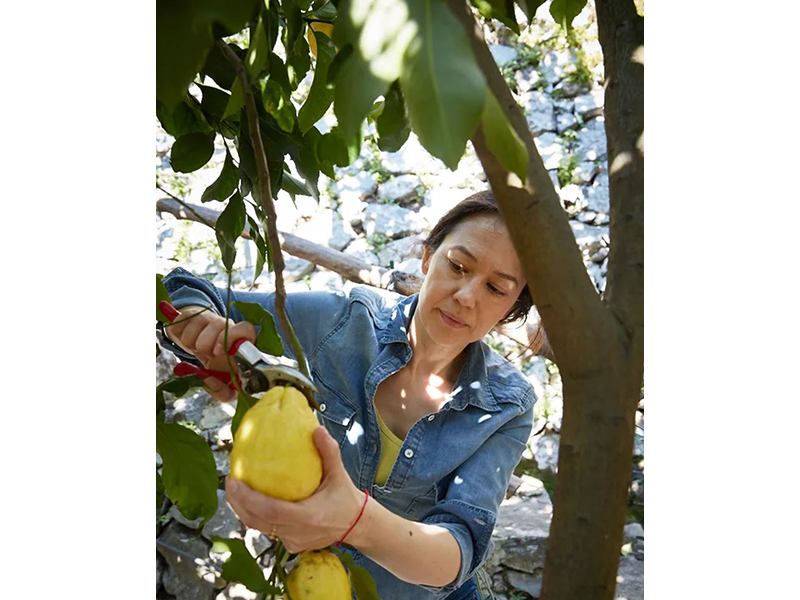
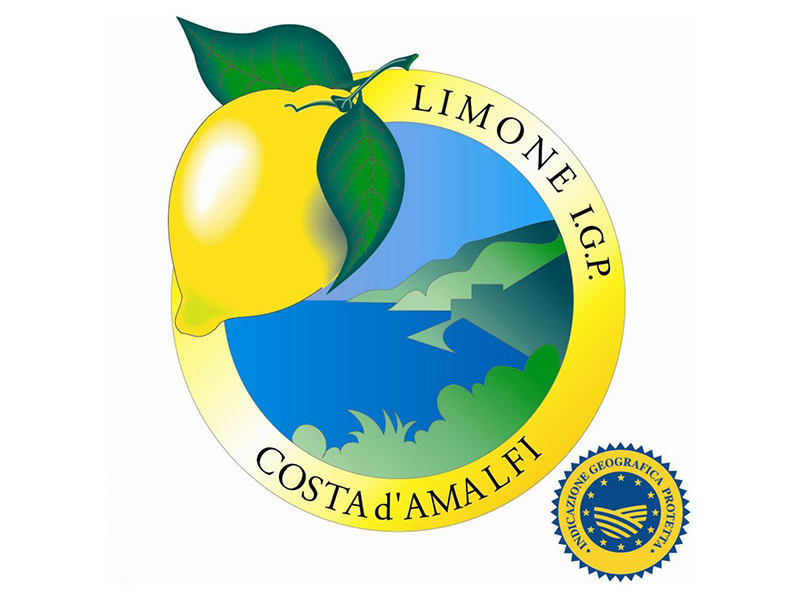
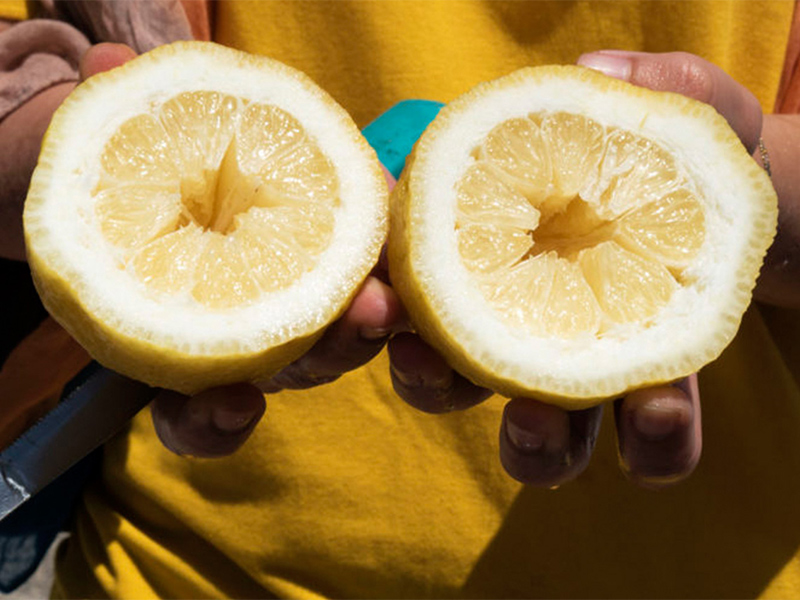
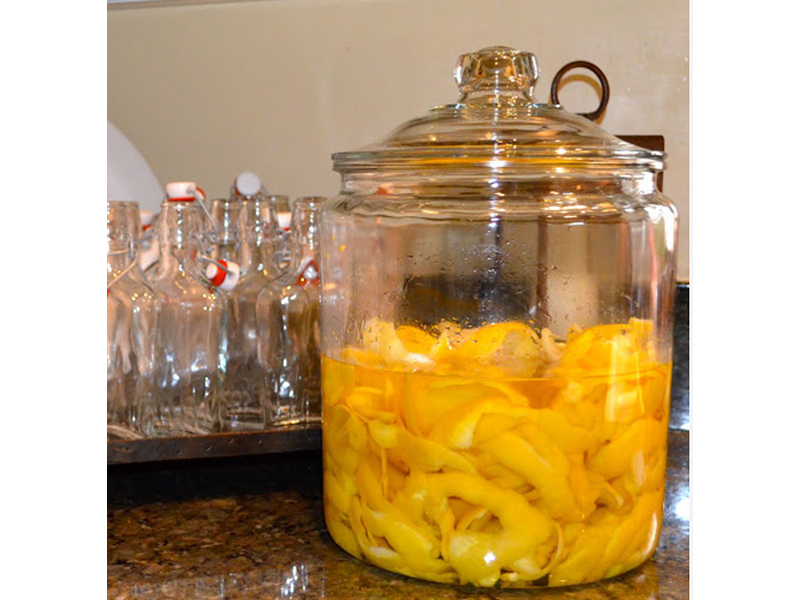


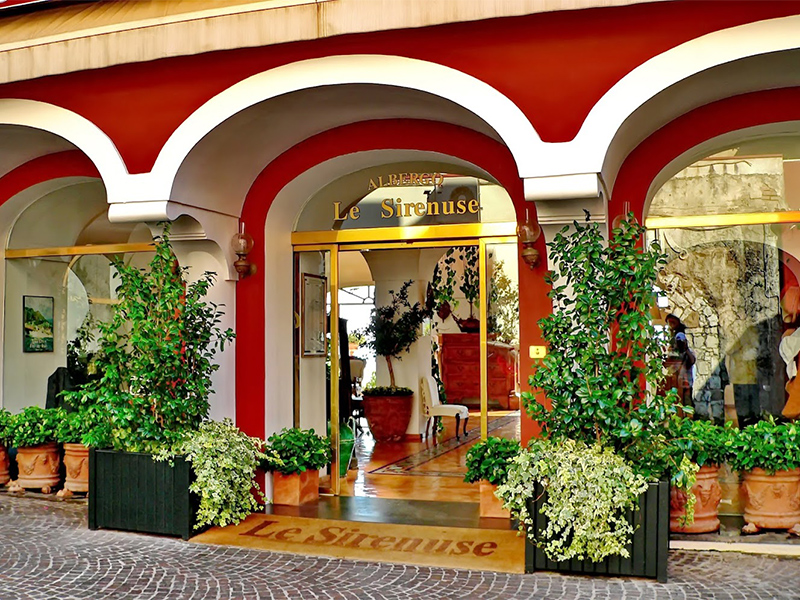
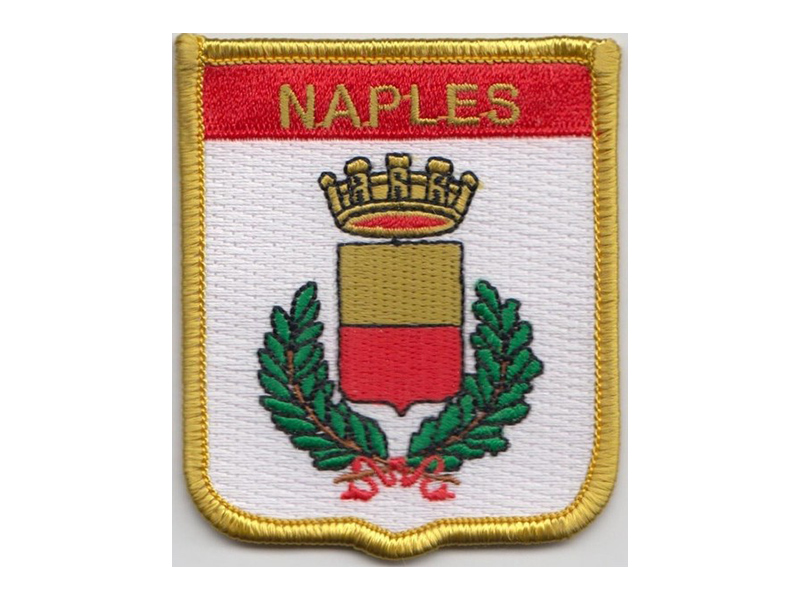
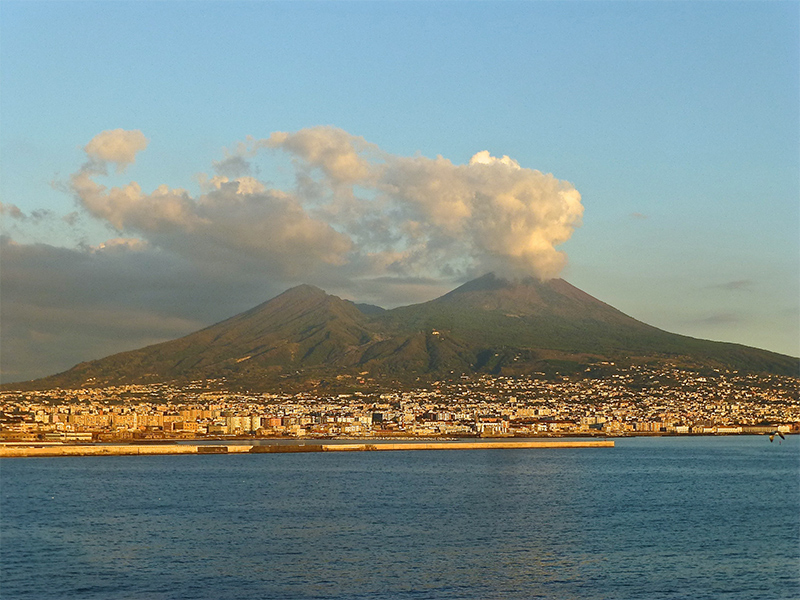
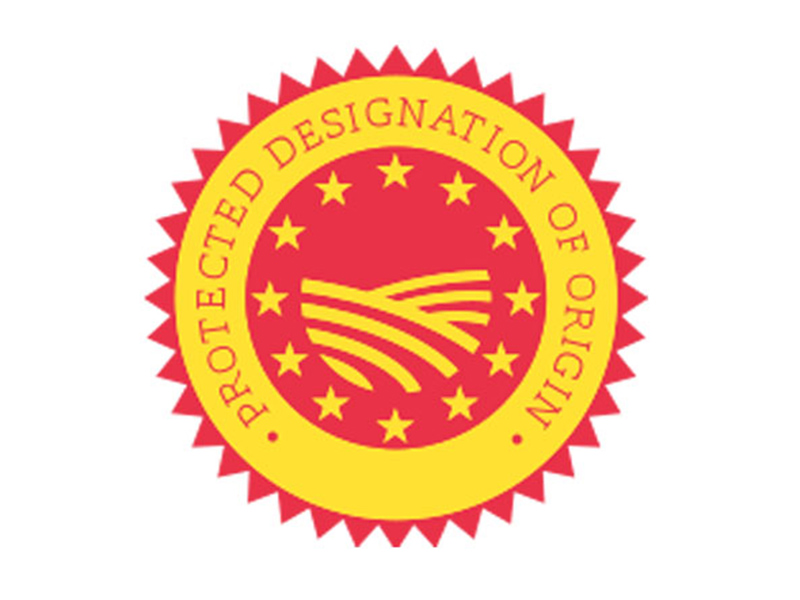
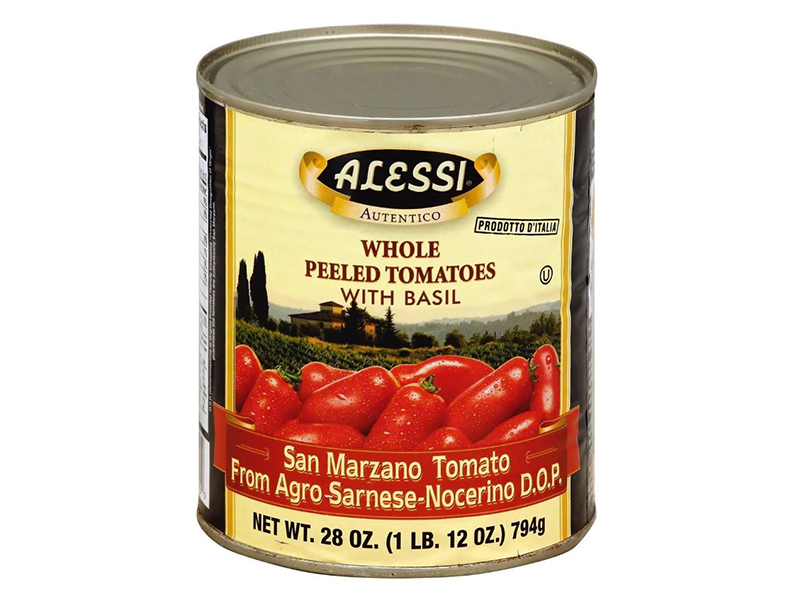
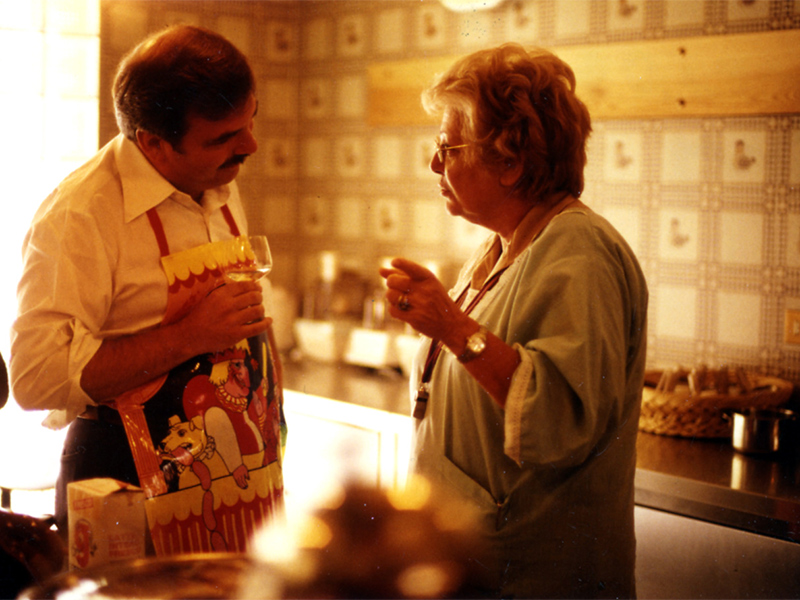
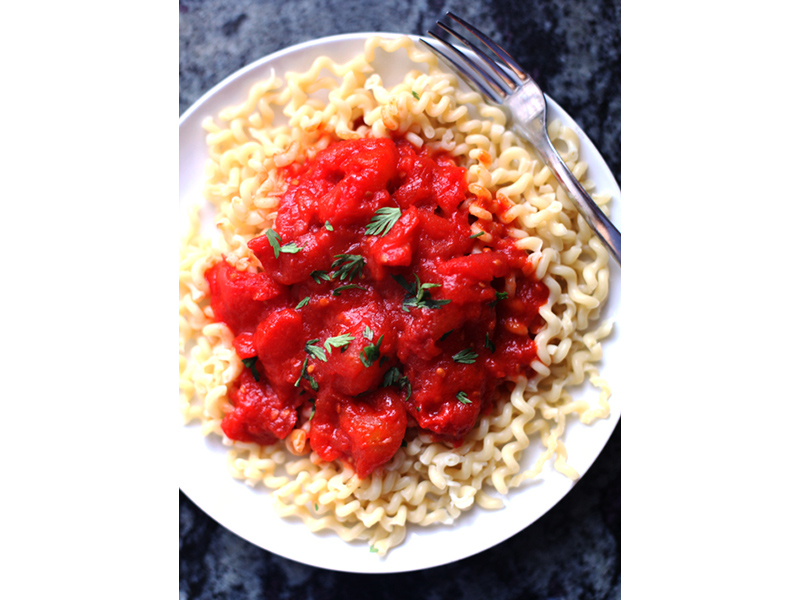

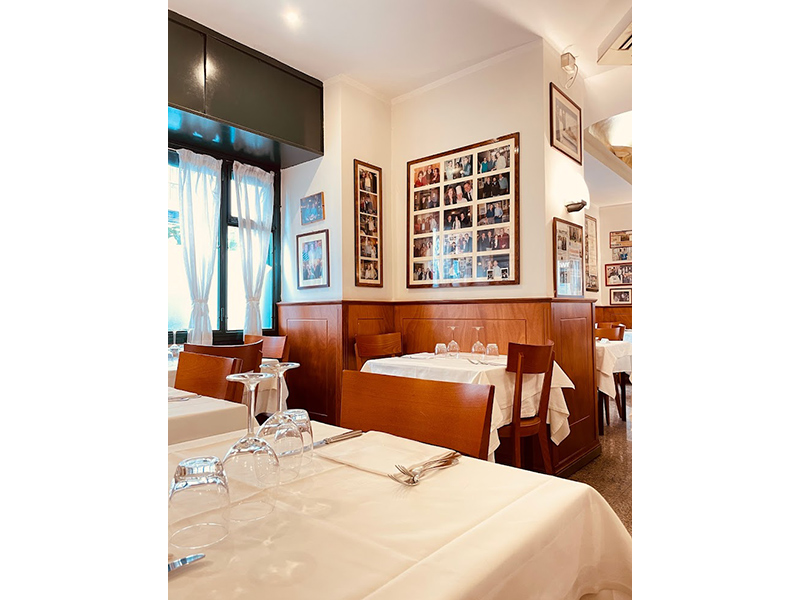
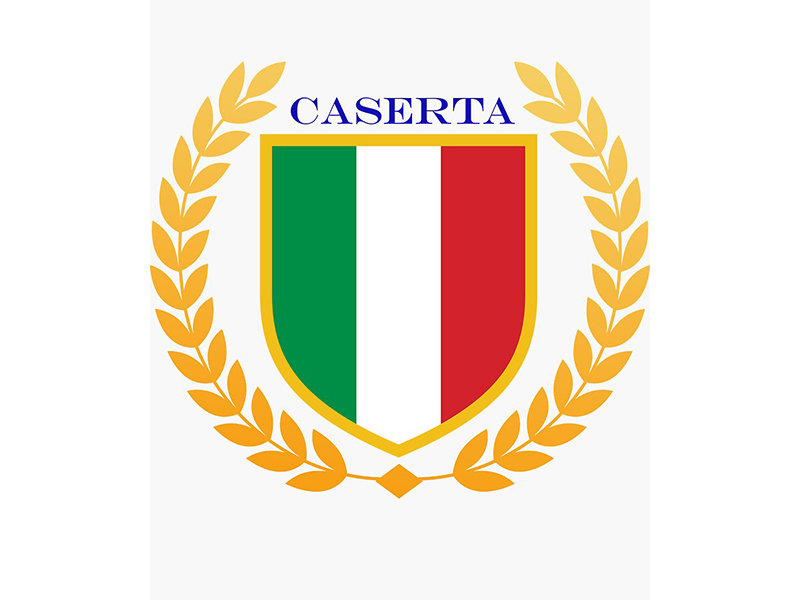
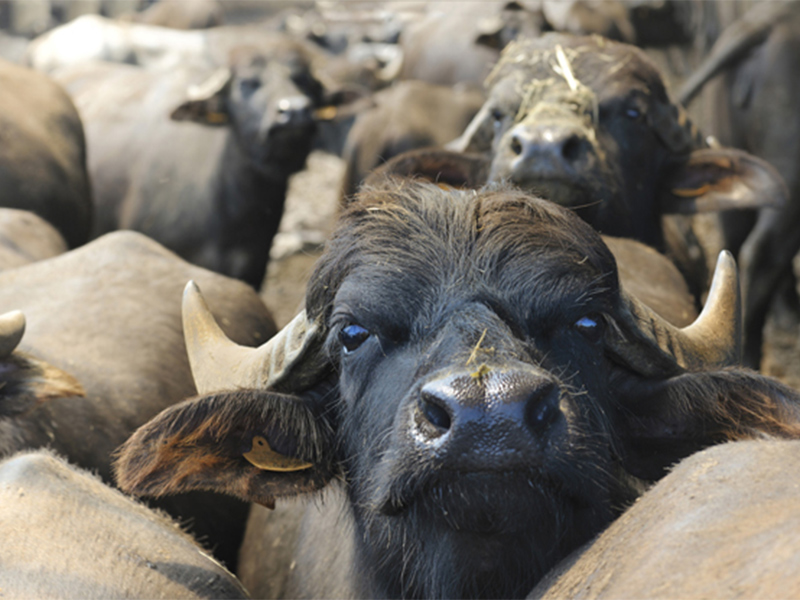
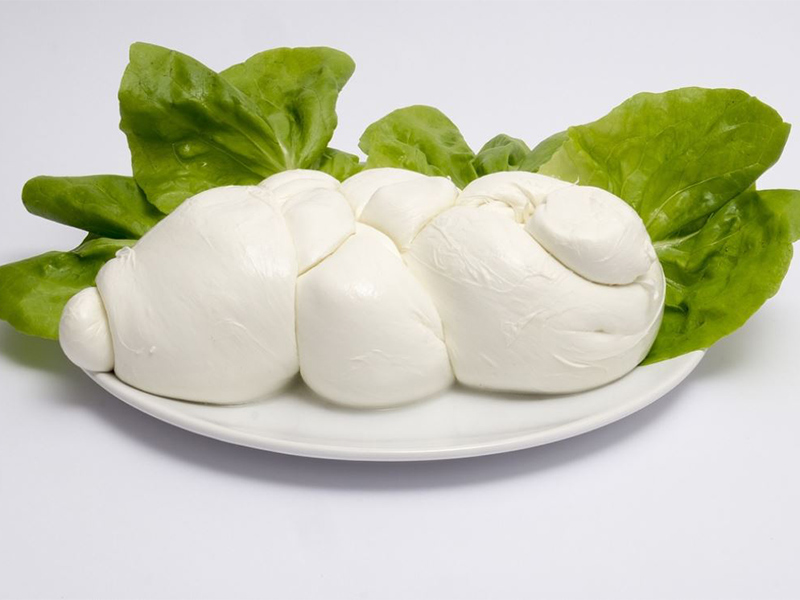
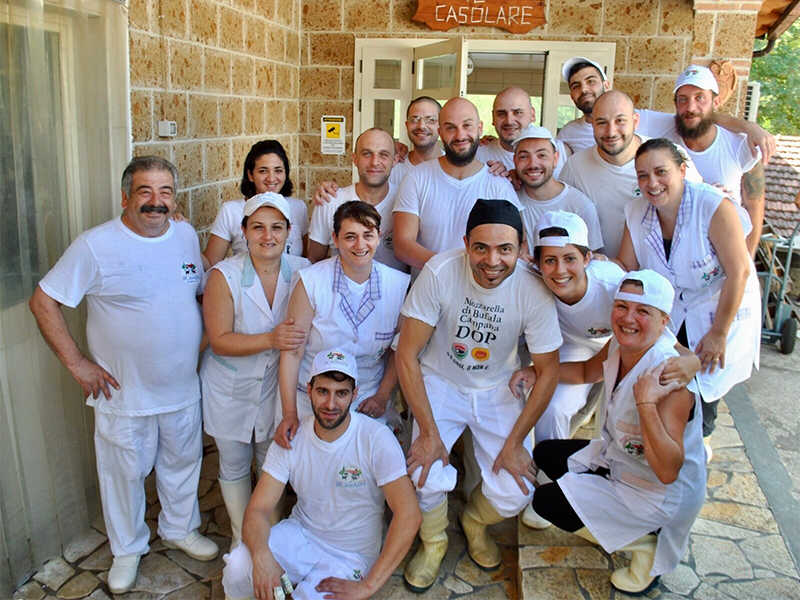
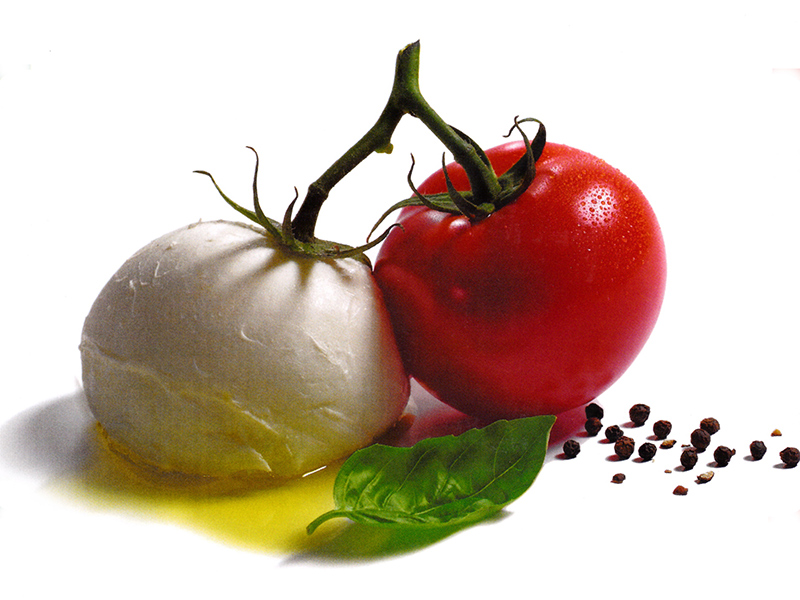
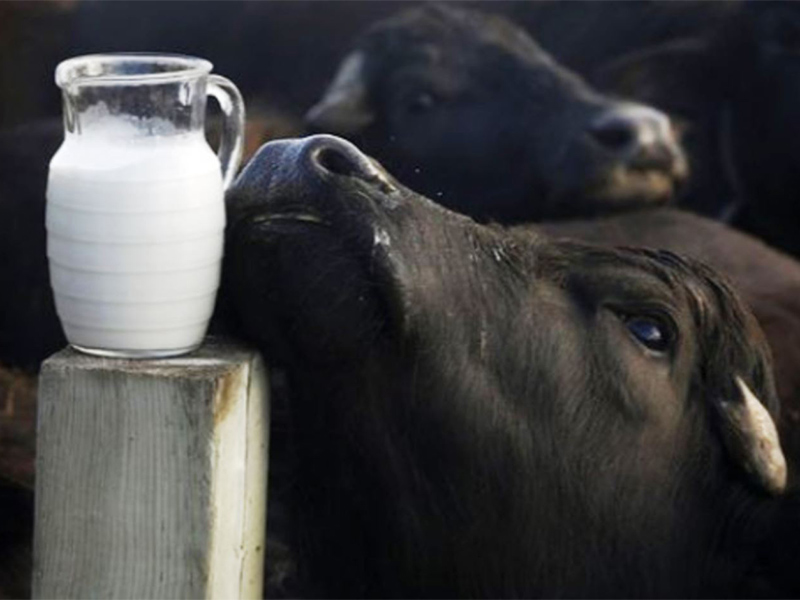
Phil,
I pass these on to my family and friends every time you send them. Thank you for continuing to put these together. We all have traveled to various european places and Imy brother just returned from the Almalfi Coast, which is one of my favorite places. My two daughtersand their partner are going to Italy again in about 20 days from now.
I will most likely run to you at Pittsbourgh Blue or downtown Edina for one of my many lunch